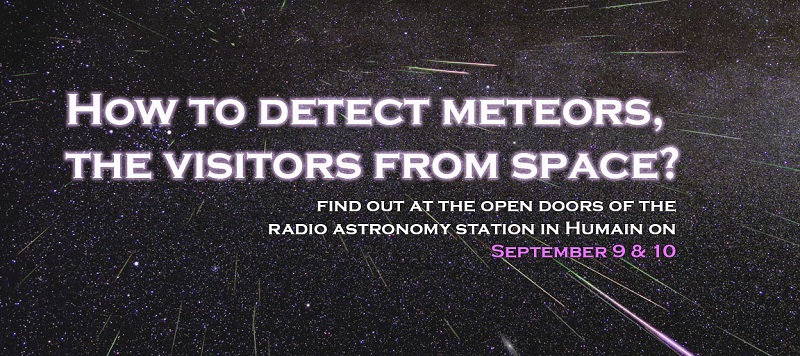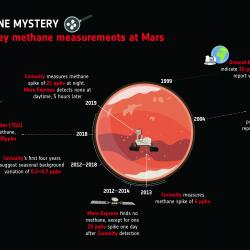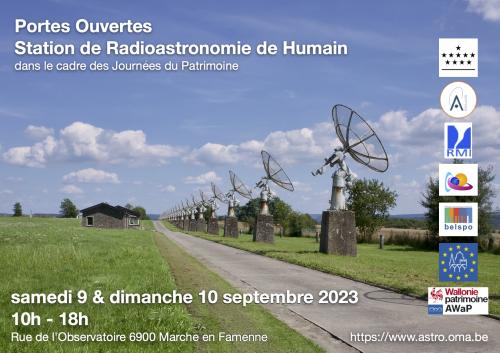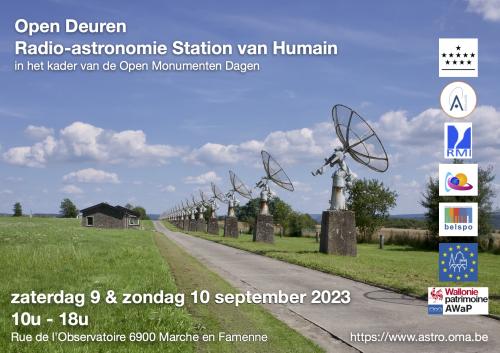Belgium is a country that keeps many of its interesting historical, scientific and natural sites hidden away in little forgotten corners. One of these interesting places is the Radio Astronomy Station in the small village of Humain, commune of the town of Marche-en-Famenne. For the first time in history, the Station will open its doors to the public on Saturday 9 and Sunday 10 September. BIRA-IASB scientists will be on site to tell you about their observations and research into the Earth's magnetosphere and plasmasphere, as well as into meteors (shooting stars) and what they can teach us about Earth's atmosphere, about comets or the Solar System.

The Radio Astronomy Station in Humain was founded in 1953 by the Royal Observatory of Belgium to house the very first Belgian radio telescopes dedicated to observing the Sun. In the 1960s, a solar interferometer of 44 radio telescopes was constructed and operated up until 2001. Today, the station continues to host radio and optical experiments to observe the sky, the Sun, the Earth’s space environment and its atmosphere.
This is the first time this station will open its doors to the public, where you will be able to stroll along the two north-south and east-west axes of the old interferometer, see the old control laboratory of the interferometer, discover the history, of the site and its observations and know everything about the current scientific activities. There are also activities for children.
Bring your family, friends, and neighbours, to embark on a captivating cosmic adventure!
Dates: 9th-10th September 2023 during the Heritage days
Time: 10h -18h
Location: Rue de l’Observatoire, 6900 Marche en Famenne.
Foodtrucks will be present on site.




